|
GUEST POST by Thomas Nemel* This blog post may contain affiliate links. As an Amazon and Rewardstyle affiliate, the author may earn a small commission for any purchases made through these links. Click here for the disclaimer statement. Effective training is a combination of three classical processes: workout, rest, and recovery. When you train hard, you need enough time to rest, usually meaning good sleep, and also to allow a muscle recovery period. Otherwise, working too hard can lead to poor results. And what is worse, it may lead to overtraining or, according to official classification, Overtraining Syndrome (OTS). Some athletes and trainers may also call it “burnout”, “overwork”, and “staleness.” Long-term effects of overtraining can spoil life for many months and even years, and need detailed attention and training plan correction. Symptoms of overtrainingDr Mattson's two findings on how to live longer better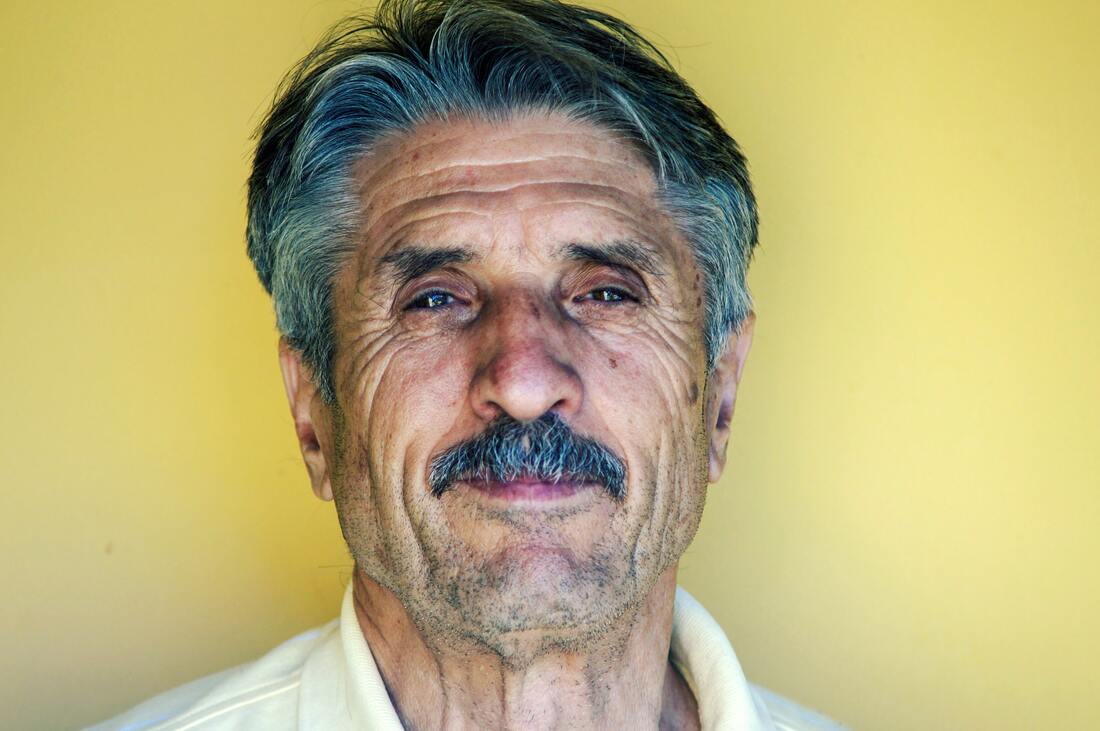 Photo by Aleksandar Popovski on Unsplash After a lifetime studying the how aging and the brain interact, Dr Mark P Mattson recently retired from the National Institute on Aging. Dr Mattson is a renown expert in understanding neurobiological responses to physical exercise and dietary restriction and their relationship to ageing and age-related disease.
His two seminal findings can help us all live longer better. As we age, our brain inevitably loses its edge. But there is detailed research which shows two specific ways in which we can slow the rate of brain aging. Both are freely available and require no subscriptions, payment plans, nor coaches. Managing fatigue, rest, recovery and technique to avoid injuries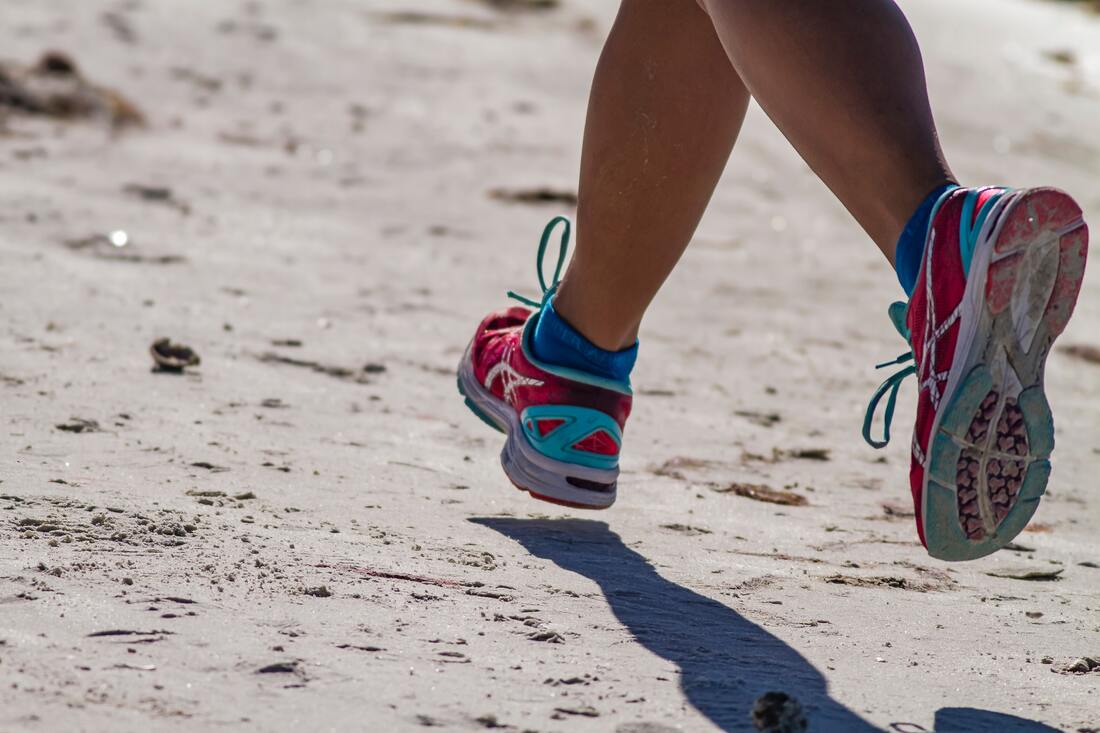 Photo by Dulcey Lima on Unsplash On my local running trails, people know me as the old guy that runs daily. Some shake their head in disbelief as this 72-year old makes a good pace along the track, and some shake their head in disbelief that I should be so foolish. (MostlyI get cheery smiles and nods.)
What I notice is how many other runners fall by the wayside, with injuries. Running every day is fine if you can do it without injuring yourself. Here's how I manage fatigue, rest, recovery, awareness, breathing and natural time to avoid injuries. How to avoid becoming frail before your timeRegular running is typically the most popular mode of exercise as people transition away from the gym, their youth, into looking after a family, or during a pandemic. Running is spectacularly better than doing nothing, but even frequent running doesn't maintain muscle strength as we age.
We need to do something extra. There's a fitness benefit, also why you might best skip itRunning with a mask taught me four things that you need to know before you try, two reasons why you might be best not to try, and one fitness benefit.
I've been trail running 5km almost every day for over 6 months, so I have a good baseline. Yesterday I ran with a mask. It's not fun. If you have to run with a mask here's what to know. Think of your brain, balance and longevityAround my local suburbs, I have never seen so many people regularly walking for their health. There were always the genteel walkers. But now, with the pandemic and gyms closed, there is a new breed on the paths and tracks.
I'm pleased to observe that they mostly are not "serious" walkers, those with intent looks and machine-driven arms. Although the majority are not so intense, they are satisfyingly consistent and purposeful. I'm one of those - I walk 5km at least once every day, and I've added in walking backwards. With a single tweak, these regular-walking folk can significantly improve the health and longevity benefits from their activity. Long-term exercise preserves memory functionScientists studied people who had exercised consistently for a long-term and found they had better memory function than those who did not exercise. Starting to exercise at any time of your life is good - it's never too late - but starting earlier can bring benefits.
This finding is important to know because the research found that just being an active participant in a sport for a long period had this beneficial effect. You don't need to become a gym nerd. For when you need to know how many calories HIIT Yoga burnsYou know those times when we're not wearing a fitness band or an Apple Watch and wonder how many calories we're burning? Here's a simple and accurate method that you can easily do in your head.
I often run or walk without any gadgets, and I rarely wear fitness bands at the gym, and never take my phone. From time-to-time, I wonder how much energy I've used in a workout. Now, I use this method, which I worked out after plotting a few charts and averaging a few numbers, and comparing to the estimates from the times when I do wear a fitness band. I will explain the one key variable that you need to know, the calculation you apply to that key variable, and why the answer makes sense metabolically. How slow is slow, and is the fat-burning zone even true?We've all heard about the "fat-burning zone" and that we should exercise aerobically at low intensity to burn the most fat. I've always been sceptical about this advice, so I dug into the science.
Does the science support this advice, and what is low intensity anyway? If you've thought about running, this is a good reason to tryI believe that the most beneficial goal of exercising when we are older is to lower our body age. That's why I named my Medium Publication "Body Age Buster".
I've studied how to do this, and put in into practice over the last 21 years, with great results. Typically, tests of my body age report ages between 15 and 20 years younger than my physical age (72 this year). Despite all my years of reading and practising these ideas, I was completely surprised when I found out recently that exercise can lower the body age of our bone marrow. |
ChoicesSince I was diagnosed at 50 with Type 2 diabetes I've been learning how to do bone-building fitness training which lowers my age. You can too. It's your choice. Walter Categories
All
Archives
May 2023
|
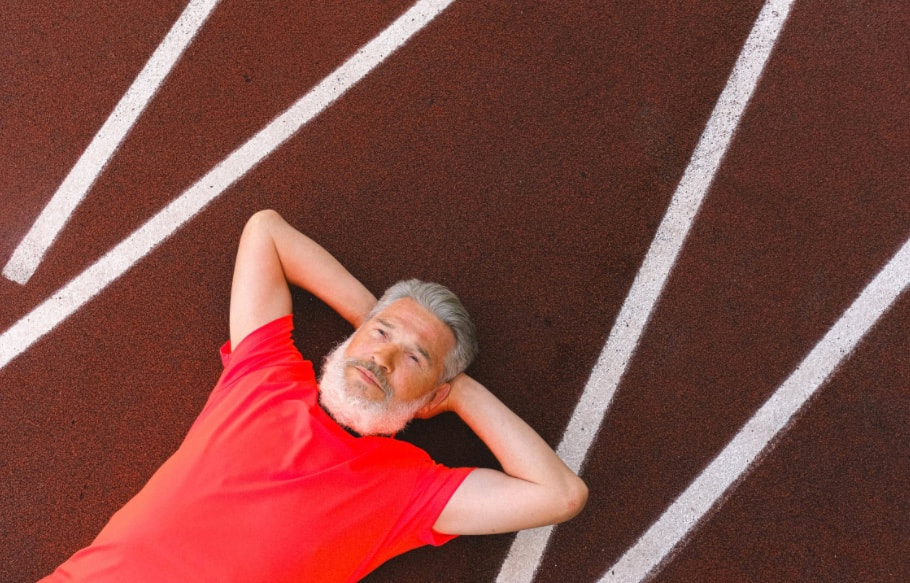
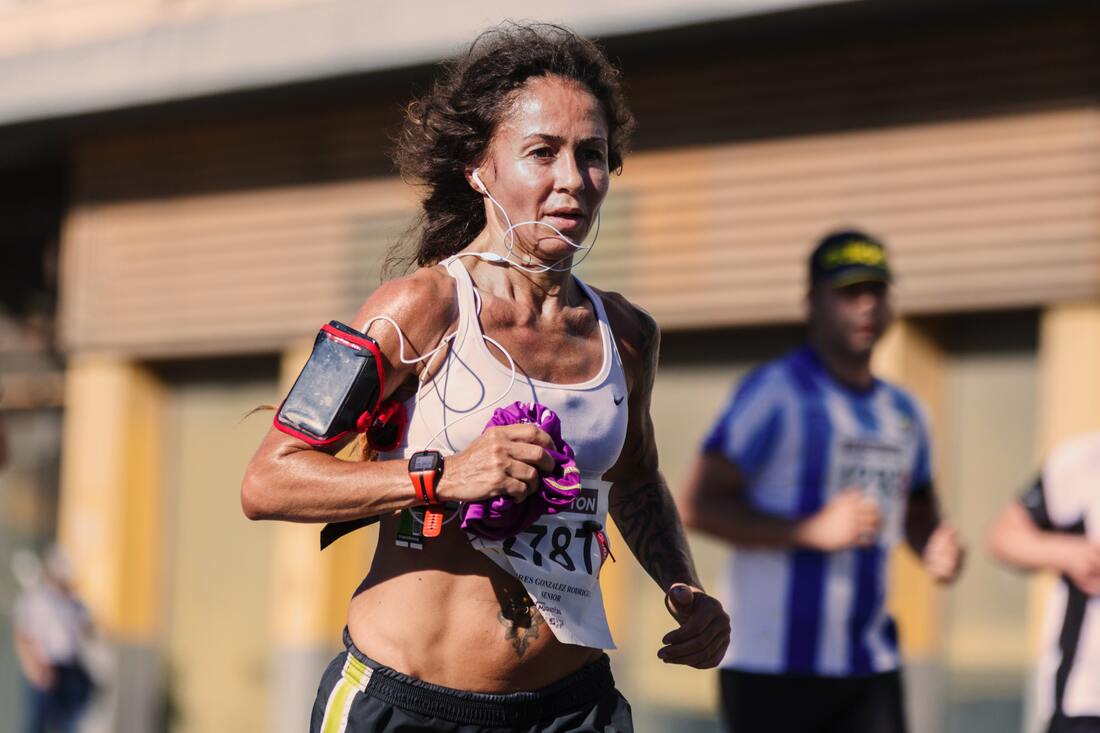
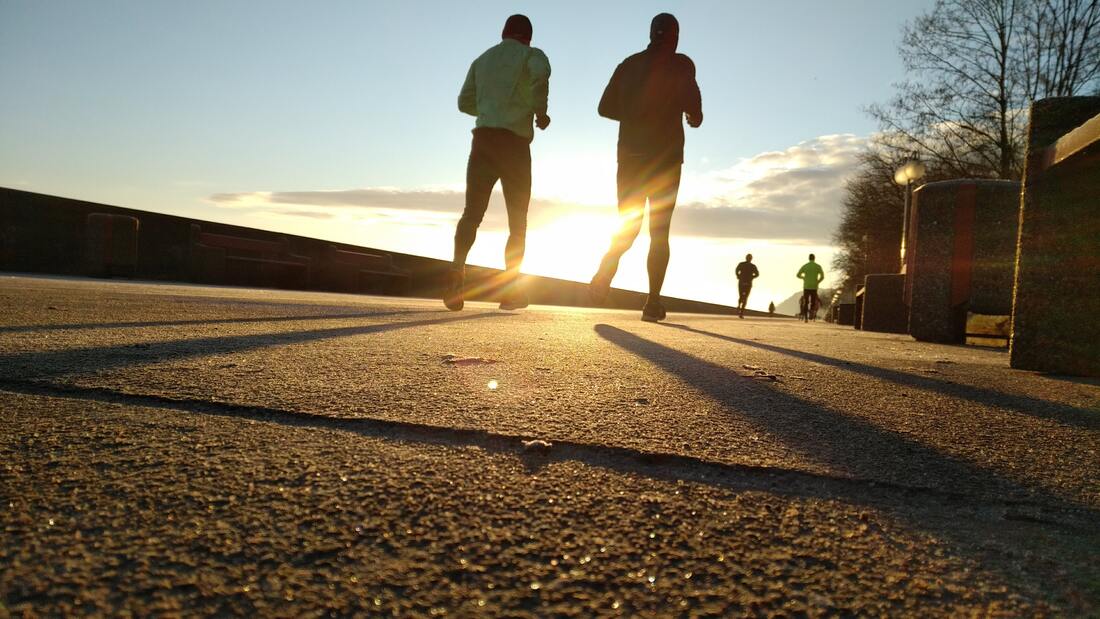

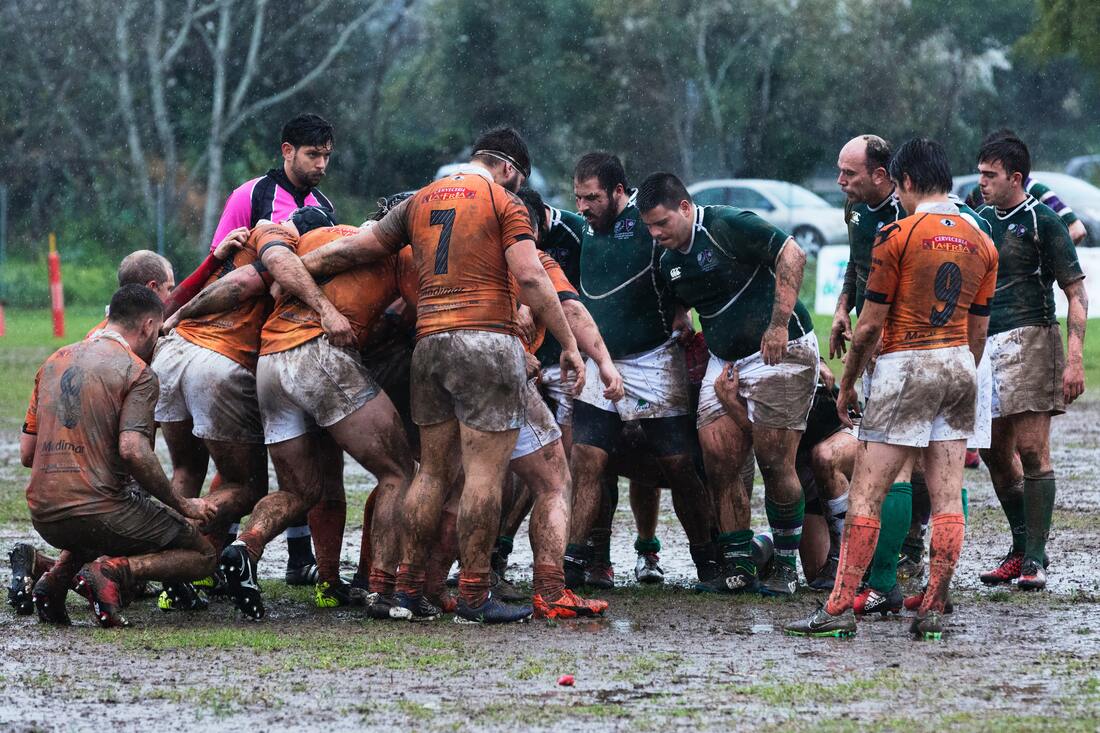



 RSS Feed
RSS Feed



